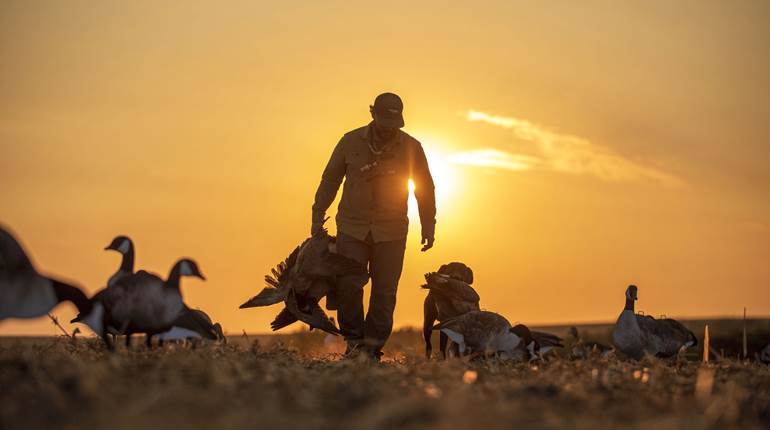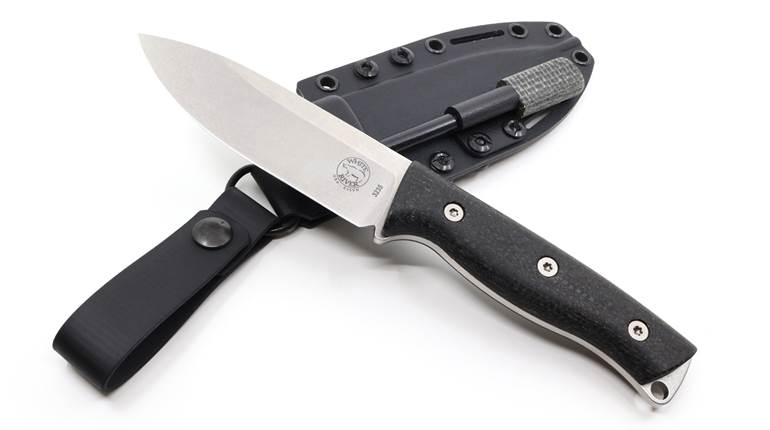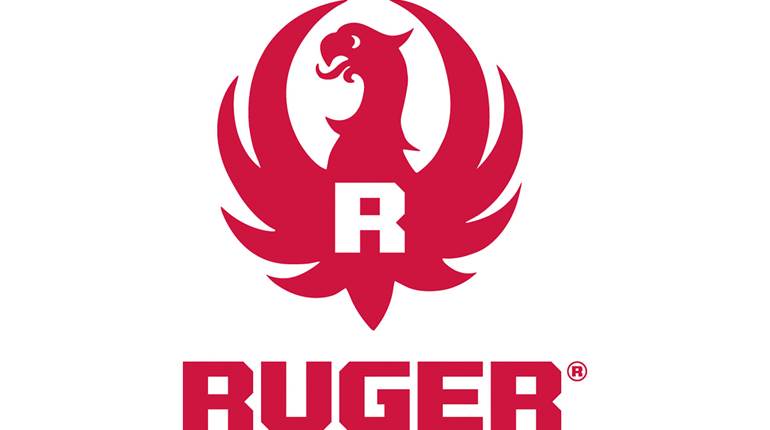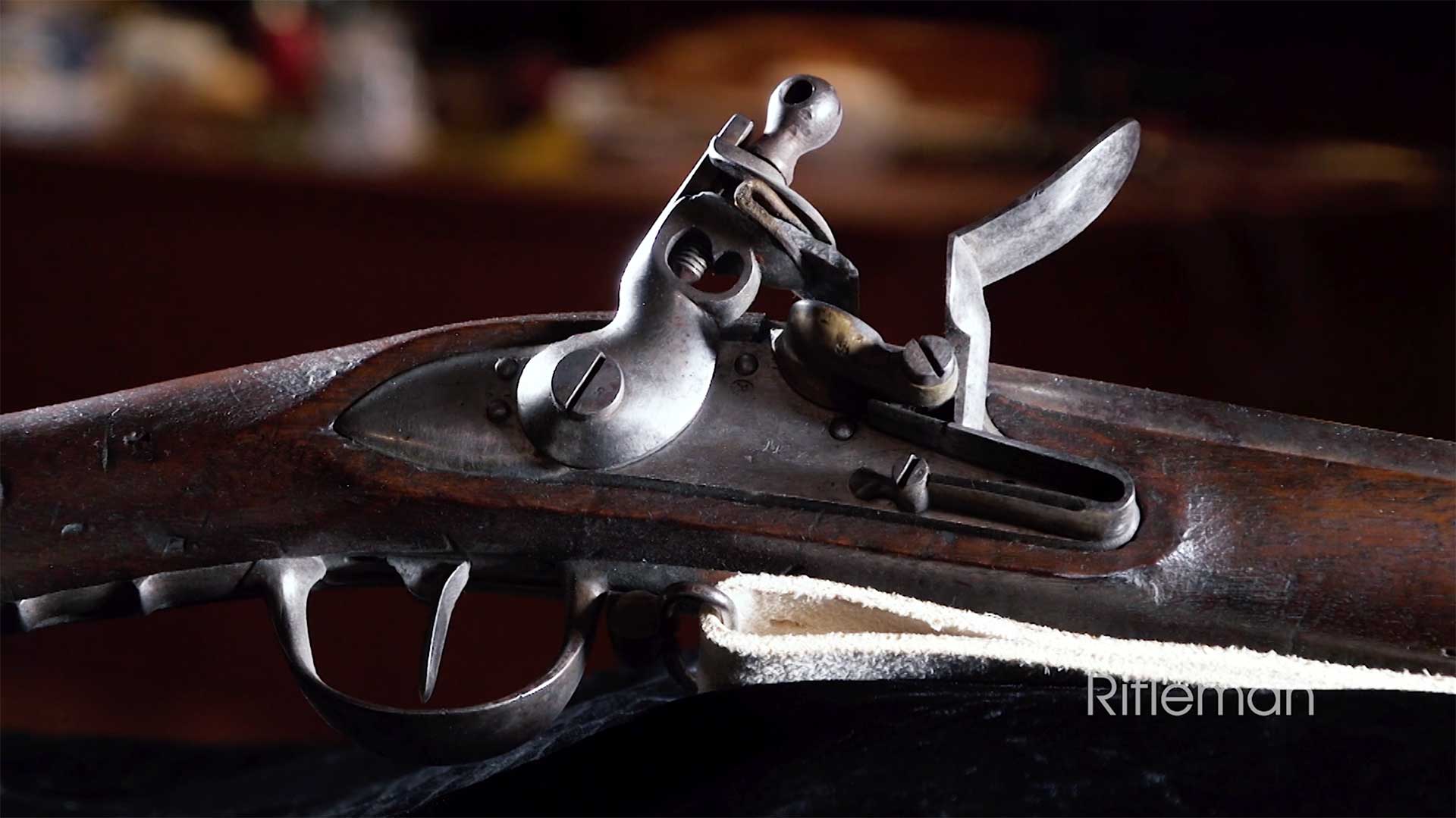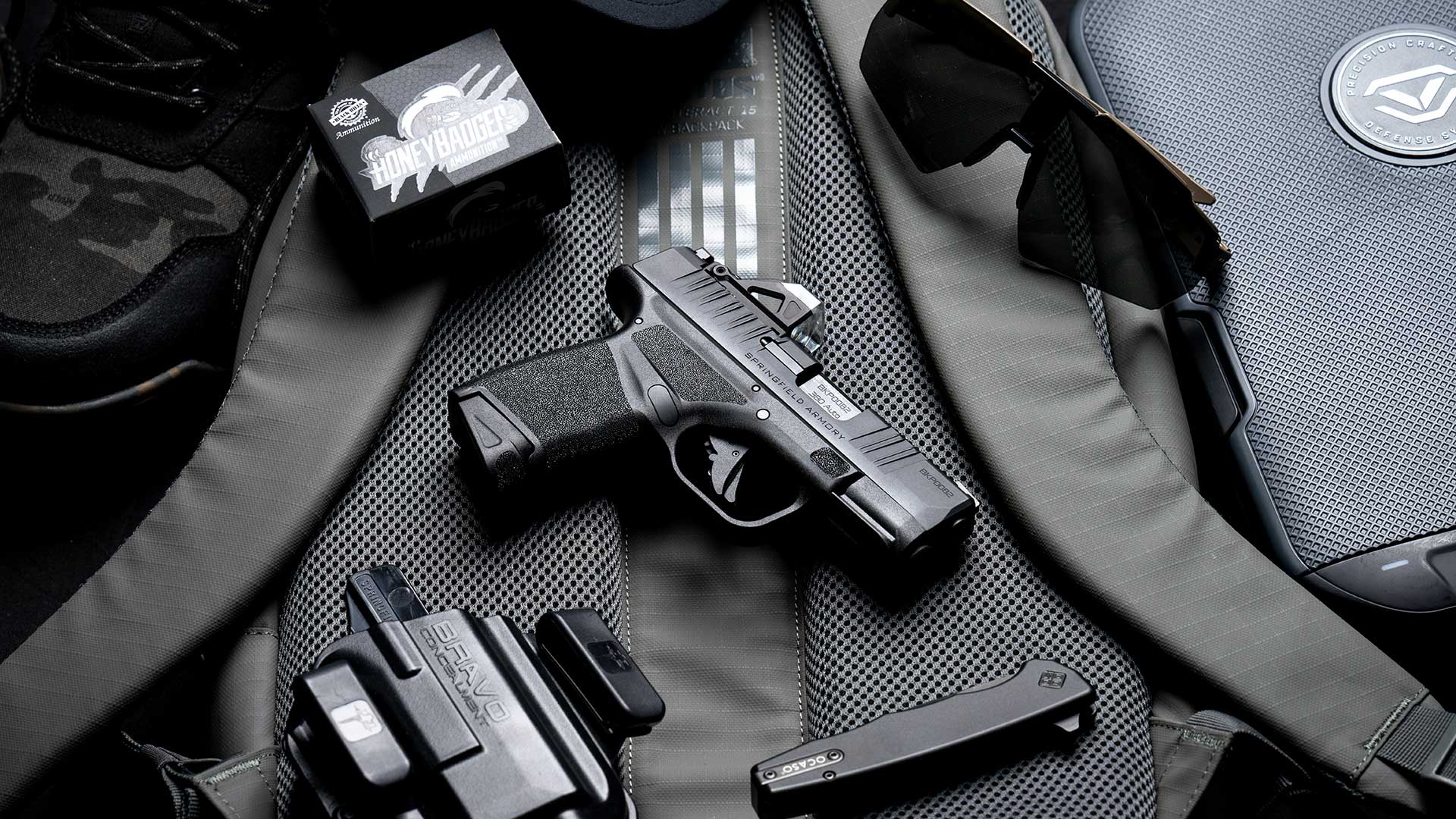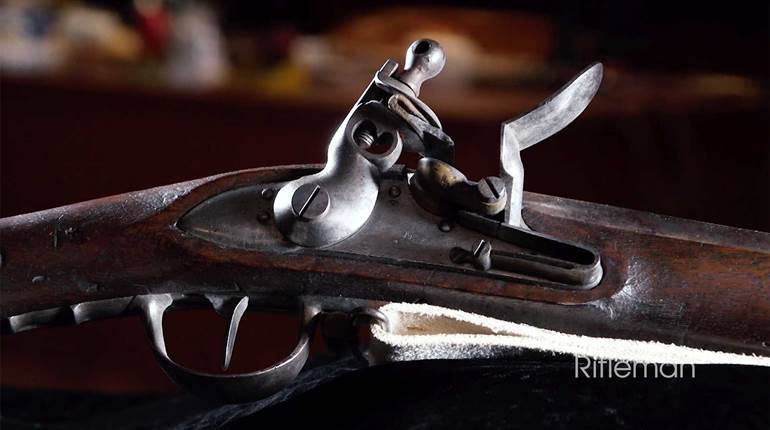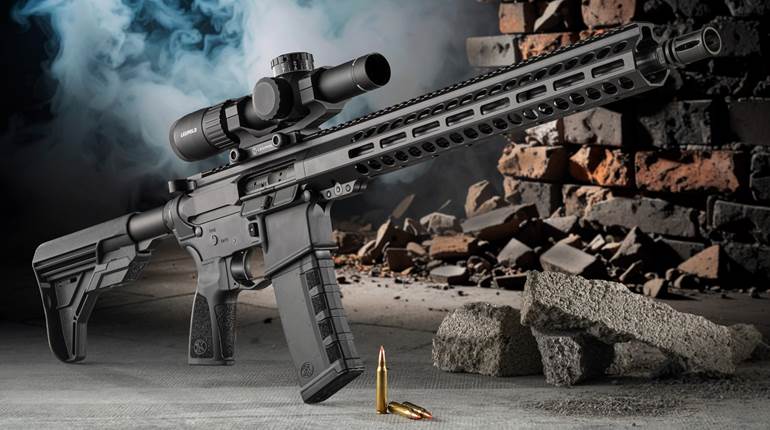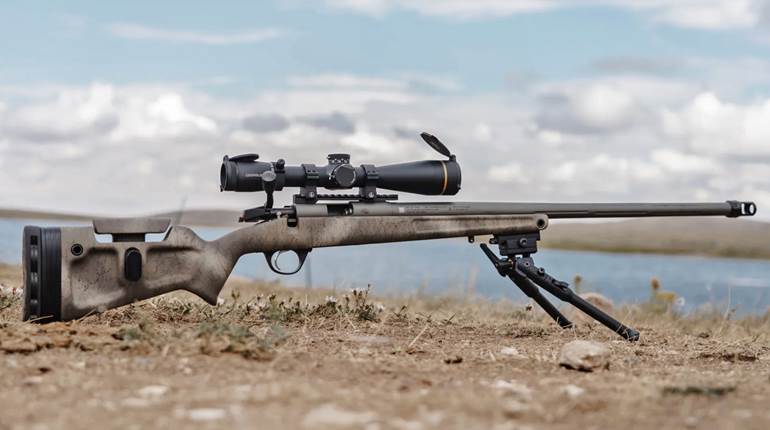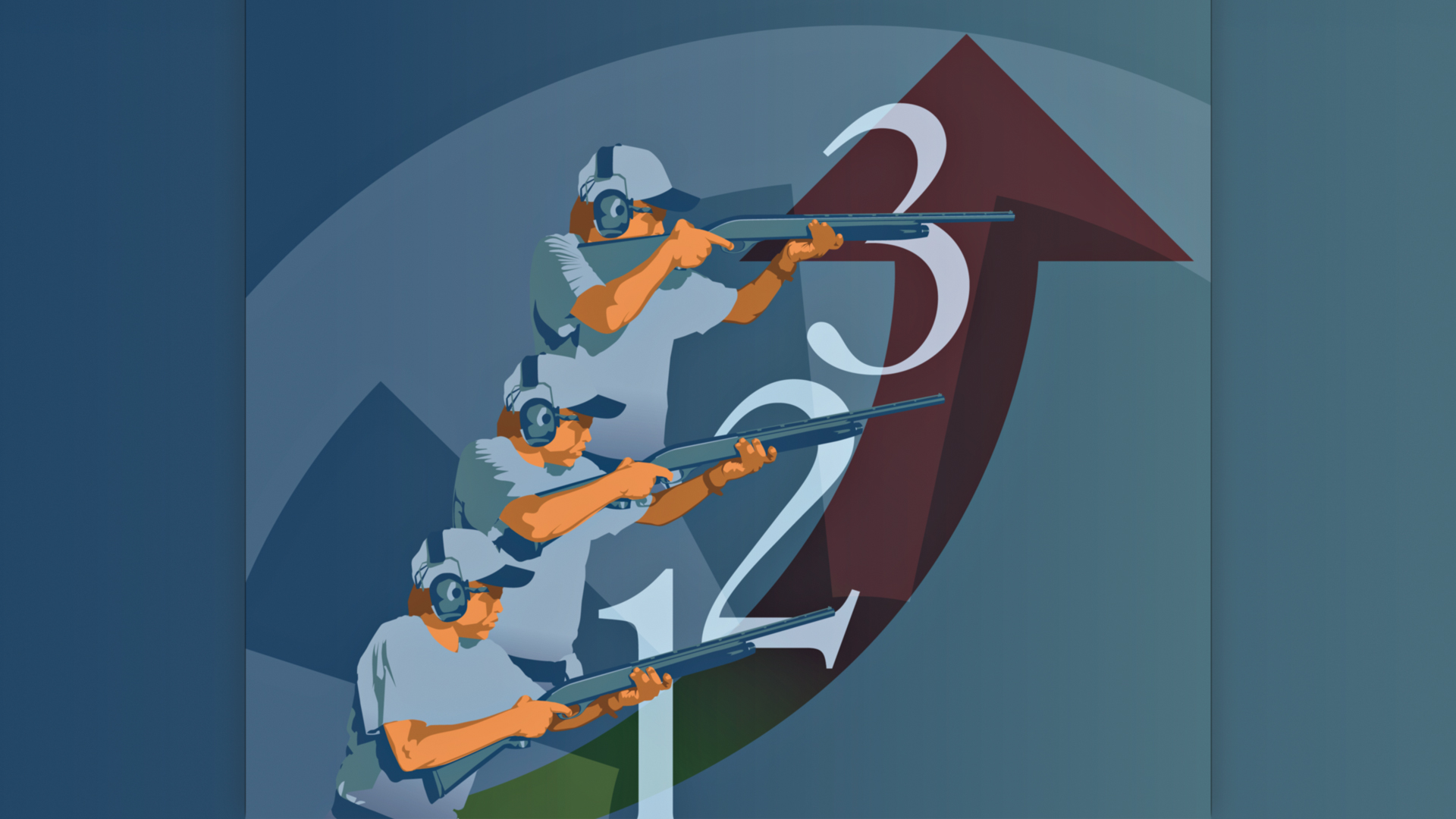
This article, "The Gun Mount—Perfected," appeared originally in the March 2007 issue of American Rifleman. To subscribe to the magazine, visit the NRA membership page and select American Rifleman as your member magazine.
Mounting a shotgun—the act of bringing it from a ready position to your shoulder—isn’t the preliminary to swinging and shooting. It is swinging and shooting. When you make a proper gun mount, the muzzle is already in the right place to kill the bird when the gun butt touches your shoulder. All that’s left to do is pull the trigger.
A good, consistent gun mount makes your shooting less hurried and more “instinctive.” Unfortunately, few of us learn the right way to mount a gun from the beginning. If you’re like me, you started shooting as a kid with a pre-mounted .410, or worse—from a shotgunning perspective—with a .22 rifle. From that introduction, you learned to put the gun to your shoulder, scrunch your cheek onto the stock, look down the rib at the target, swing and shoot. Call it a “rifleman’s mount” if you will. It leads to conscious aiming, which is the surest way to miss with a shotgun.
I didn’t know how to mount a shotgun correctly until, as an adult, I took several shooting lessons. Patient instructors had to break years of ingrained bad habits, but I emerged a much better shooter, and so can you.
Stance
First, scrap the turn-sideways-and-stand-with-your-legs-far-apart rifleman’s stance favored by most self-taught shotgunners. Instead, stand with your heels together, toes angled outward. Face just past where you plan to break the target. That is, if it’s crossing left to right, your belly button should be pointing just to the right of the intended break point. Take a short half step forward with your left foot. Put your weight on your front foot, and lean forward slightly.
You’ll find that if you’re facing the target with your feet fairly close together you can turn from the hips easily in both directions without binding your swing. Keeping your weight on your front foot eliminates “rainbowing” or dipping the barrels beneath a crossing target. The slight forward lean positions your head so that when you raise the stock to your face, the comb meets your cheek, and the butt fits into the shoulder pocket without the need for any head movement.
Ready Position
Hold the gun roughly parallel to the ground. The butt should be lightly tucked under your arm, and the muzzle should be pointed halfway between where you hope to break the target and where you’re looking for it. It’s important to keep the muzzle low enough so that you see over, not through, it.
Even in upland hunting, you have plenty of time to assume the correct stance and ready position. When a bird flushes, take a short step toward it (or toward where it’s going if it’s crossing). Bring the gun from whatever carry position you favor to the ready position described above. As quickly as that, you’re ready to mount and shoot.

Establish foot position by facing the target with your heels together, toes out (1.). Then, take a half step forward with your left foot and place most of your weight on the ball of that front foot (2.).
The Move
You’re in the ready position. There’s a bird flying away from you. Now what? Keep the gun still until your eyes are locked on the target —there’s no reason to move the gun until you know where it’s going. Throughout the shot, maintain a hard visual focus on the bird so the barrel is seen only as a blur.
The mount starts with swinging the muzzle toward the bird “as if you were going to hip-shoot it,” as shooting instructor Steve Schultz puts it. At the same time, push the gun out toward the bird to help it clear your armpit when you raise the stock. Keep the muzzle below the target so you can see the bird clearly. Move the gun in time with target; there’s no need to make a fast, slashing swing.
As the muzzle moves with the bird, raise the stock to your cheek. If you’re leaning forward slightly, when you bring the stock to your cheek, the butt will slide automatically into your shoulder pocket. Pull the trigger and follow through.
“Follow through” with a shotgun doesn’t mean an exaggerated swing after the shot, it means keeping your head on the stock as the target breaks.
Practice
You can practice gun mounts without ever firing a shot. Using a gun you know to be unloaded—and having triple-checked just to make sure—pick a spot on the wall as your “bird.” Face the target, take a short step toward it with your left foot (if you’re right-handed) and hold the gun ready. Focus your eyes on the target, and mount the gun, concentrating on bringing the stock to your cheek, not the butt to your shoulder. Don’t worry about quick-draw speed; if you’re smooth, you’ll be more than fast enough in the field.
When you complete the mount, the muzzle should be pointing at the target, and your eye should be looking squarely down the rib. Peek at the rib and bead to see if you’re lined-up properly. The goal of this drill is to develop consistency. The gun should come to the same point on your cheek every time.
Serious competitive shooters do 50 to 100 gun mounts every night, which is enough to turn your arms to mush. A few years ago, I interviewed Olympic hopeful Kyndra Hogan, a slip of a girl who was a senior in high school at the time. She told me she did 100 gun mounts a night—with her father’s 11-lb. 10 gauge. Try that yourself, and you’ll reach the conclusion I did: You don’t want to shoot against Hogan, and you might not want to arm-wrestle her, either.
The Flashlight Drill
Veteran instructors Gil and Vicki Ash take practice gun mounts a step further with their flashlight drill. They’ve discovered that an AA Mini MagLite fits a 12-ga. barrel almost perfectly, while the AAA model fits a 20 gauge. Again, make absolutely sure the gun is unloaded. Wrap the light with a few turns of Scotch tape to keep it from falling out of the muzzle, and crank the beam down to the narrowest setting. In a darkened room, the beam will show you exactly where the gun is pointing. The Ashes recommend two drills. In the first, you start with the gun in the ready position, with muzzle held high enough to put the beam in the corner of the room at the spot where the two walls meet the ceiling. Bring the gun to your face, concentrating on moving smoothly and keeping the beam in the corner. If you’re jerky or if you “see-saw” the gun, the light will bob around.

A Mini MagLite slides perfectly into the muzzle of an unloaded 12-ga. shotgun. With the beam tightened to its narrowest setting, it shows you where the gun is pointing and makes an excellent training aid.
The second drill involves the seam between the wall and the ceiling. You begin with the light in the upper corner again, but this time you pretend the junction of the wall and ceiling is the flight path of a bird. Move the muzzle in the direction of the “bird,” and mount as you swing. Do right-to-lefts and left-to-rights. Do these two drills about 15 to 20 minutes a night.
Practicing gun mounts is not fun, but it is free. The work you do at home pays off in the field or on the range when the muzzle points at the target as naturally and easily as if it were your own finger.













